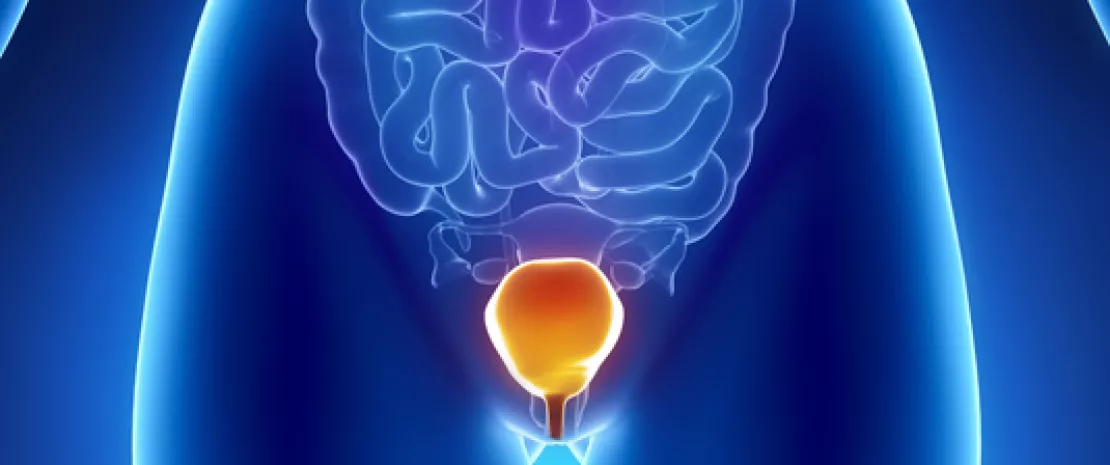Urinary microbiota in continent women: the effect of age
The composition of the urinary microbiota in continent adult women varies according to age, possibly due to the influence of hormones. Although certain urotypes seem to be emerging, the potential consequences are not yet understood.
Sources
This article is based on scientific information

About this article
The bladder is not a sterile environment and the recent discovery of the urinary microbiota has opened up a whole new field of research. In this light, a cross-sectional study was carried out on 224 continent adult female patients at a large medical center in the United States, who were aged 48 years on average and were mostly Caucasian (66%) and overweight (average (sidenote: Body Mass Index. Ratio of weight in kg to square of height in sq.m ) of 29.96 kg/m2). The subjects underwent a physical examination for a potential prolapse and were asked to fill in a questionnaire (overactive bladder, quality of life, weight, age, etc.). A urine sample taken by catheter was used to characterize their urinary microbiota.
Two methods of choice
Three methods of analysis were compared: the standard method, the expanded quantitative urine culture, or EQUC protocol (larger volume of urine, incubation under various conditions, extended incubation period) and RNA sequencing. With the standard method, bacteria were detected in 13 samples (6%), with the EQUC protocol in 115 (51%), and with RNA sequencing in 141 (63%), of which 89 were shared with the EQUC method. Therefore, the EQUC protocol and/or RNA sequencing appear to be the methods of choice, whereas the standard method is not recommended due to the high percentage of false negatives it produces.
Different urotypes
The results show that the microbiota in the bladder is variable, permitting the definition of urotypes based on the predominance (> 50%) of a taxon. The most common urotype was that dominated by Lactobacillus (19%), with no differences due to age, menopausal status, parity, sexual relations or even ethnicity (although the vaginal microbiota of black women is known to be more frequently dominated by lactobacilli). This was followed by the Streptococcus, mixed (no single taxon dominating), Gardnerella and Escherichia urotypes. The Gardnerella urotype was more common in younger women (average age of 36) and Escherichia in older women (average age of 60). The mixed urotype was frequently found in African American women (46%).
Causes and consequences?
Hormones may explain these differences in urotype, especially since they are known to have a beneficial effect on the growth of Lactobacillus in the vagina and lower urinary tract. However, the biological consequences remain a mystery. The different urotypes may provide protection from or result in a predisposition to various urinary disorders, including incontinence, overactivity or infections. In any case, the experts insist that medical treatment should preserve or restore the native urinary microbiota, particularly lactobacilli, as the disruption of this microbial community may increase susceptibility to infection.








